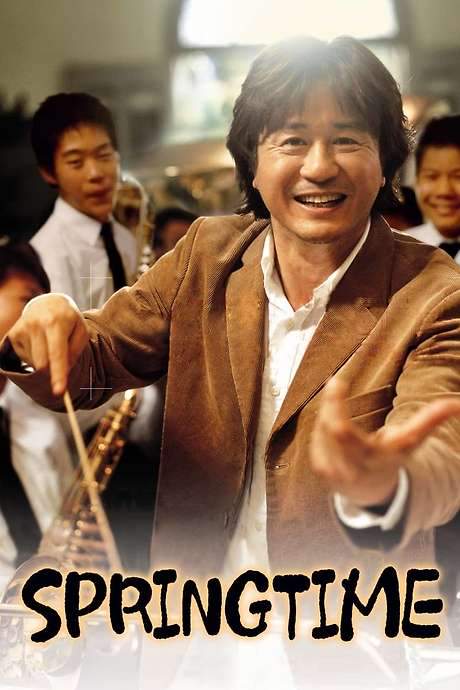
Spring and Port Wine
Year: 1970
Runtime: 101 mins
Language: English
Director: Peter Hammond
Raising a family feels like a lifetime, yet a single weekend can threaten to unravel everything. In the working‑class town of Bolton, a strict father and a permissive mother grapple with the triumphs and troubles of their four children, confronting love, rebellion and the pressures of everyday life.
Warning: spoilers below!
Haven’t seen Spring and Port Wine yet? This summary contains major spoilers. Bookmark the page, watch the movie, and come back for the full breakdown. If you're ready, scroll on and relive the story!
Timeline & Setting – Spring and Port Wine (1970)
Explore the full timeline and setting of Spring and Port Wine (1970). Follow every major event in chronological order and see how the environment shapes the story, characters, and dramatic tension.
Last Updated: October 04, 2025 at 15:59
Main Characters – Spring and Port Wine (1970)
Meet the key characters of Spring and Port Wine (1970), with detailed profiles, motivations, and roles in the plot. Understand their emotional journeys and what they reveal about the film’s deeper themes.
Last Updated: October 04, 2025 at 15:59
Major Themes – Spring and Port Wine (1970)
Explore the central themes of Spring and Port Wine (1970), from psychological, social, and emotional dimensions to philosophical messages. Understand what the film is really saying beneath the surface.
Last Updated: October 04, 2025 at 15:59
Unlock the Full Story of Spring and Port Wine
Don't stop at just watching — explore Spring and Port Wine in full detail. From the complete plot summary and scene-by-scene timeline to character breakdowns, thematic analysis, and a deep dive into the ending — every page helps you truly understand what Spring and Port Wine is all about. Plus, discover what's next after the movie.
Spring and Port Wine Summary
Read a complete plot summary of Spring and Port Wine, including all key story points, character arcs, and turning points. This in-depth recap is ideal for understanding the narrative structure or reviewing what happened in the movie.

Similar Movies to Spring and Port Wine
Discover movies like Spring and Port Wine that share similar genres, themes, and storytelling elements. Whether you’re drawn to the atmosphere, character arcs, or plot structure, these curated recommendations will help you explore more films you’ll love.
Explore More About Movie Spring and Port Wine
Spring and Port Wine (1970) Plot Summary & Movie Recap
Spring and Port Wine (1970) Scene-by-Scene Movie Timeline
Spring and Port Wine (1970) Spoiler-Free Summary & Key Flow
Movies Like Spring and Port Wine – Similar Titles You’ll Enjoy
Winter Spring Summer or Fall (2025) Detailed Story Recap
Warm Spring (2003) Story Summary & Characters
Springtime (2004) Full Summary & Key Details
A Tale of Springtime (1990) Story Summary & Characters
Spring Tide (1990) Ending Explained & Film Insights
Spring Fever (1982) Complete Plot Breakdown
Spring (2021) Full Movie Breakdown
Come Next Spring (1956) Spoiler-Packed Plot Recap
Spring Awakens (1947) Story Summary & Characters
Spring Is Here (1930) Complete Plot Breakdown
Spring Reunion (1957) Full Summary & Key Details
Spring Forward (1999) Full Summary & Key Details
Spring of Joy (1993) Spoiler-Packed Plot Recap
Spring Night, Summer Night (1967) Full Summary & Key Details
A Walk in the Spring Rain (1970) Spoiler-Packed Plot Recap

















